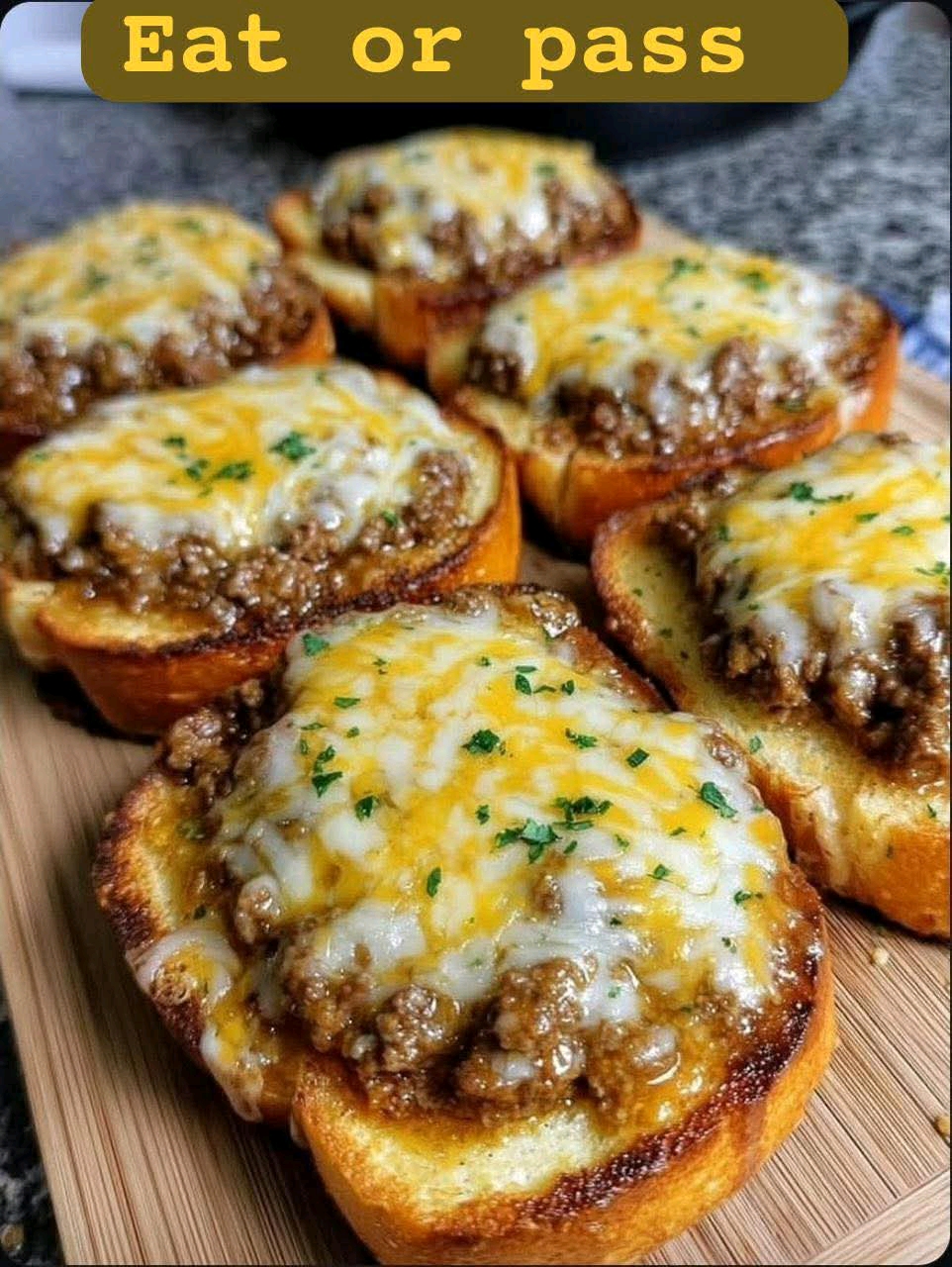The Cattleya Orchid is one of the most celebrated and adored species in the orchid family, prized for its strikingly beautiful, fragrant, and large flowers. Known as the “queen of orchids,” the Cattleya is renowned for its rich, vibrant colors, which range from purple and pink to yellow, white, and even red. These orchids make a stunning addition to any home or garden, with their elegant, show-stopping blooms that often serve as the focal point of a floral arrangement.
Key Characteristics of Cattleya Orchids
1. Flower Size and Fragrance:
Cattleya orchids are famous for their large, eye-catching blooms that can span several inches across. These flowers are not only visually impressive but also highly fragrant, with some varieties emitting a delightful, sweet scent that can fill a room. The blooms typically appear in clusters and can last from a few weeks to a couple of months, depending on the variety and growing conditions.
2. Flower Colors:
Cattleyas come in a range of vibrant colors, including shades of pink, purple, white, yellow, and even orange. Many Cattleya orchids also have contrasting or speckled patterns within the petals, further enhancing their beauty. Some varieties have delicate lip markings in contrasting colors, adding depth to the flower’s appearance.
Growing Conditions for Cattleya Orchids
Cattleya orchids are native to tropical and subtropical regions, where they thrive in warm and humid environments. When growing Cattleya orchids at home, it’s important to replicate these conditions to ensure their optimal growth and stunning blooms.
1. Temperature:
Ideal Range: Cattleya orchids prefer warm temperatures, ideally between 18-30°C (64-86°F). These orchids are sensitive to extreme temperature fluctuations, so try to maintain a steady, warm environment for them.
Night Temperature: A slight dip in temperature at night (around 18°C or 64°F) can help trigger flowering, but it should not drop too much.
2. Light:
Cattleya orchids thrive in bright, indirect sunlight. Direct sunlight can scorch the delicate petals, so it’s important to place them in a location with filtered light, such as near a window with sheer curtains or in an area that receives morning sun.
Too Little Light: If your Cattleya isn’t receiving enough light, it may fail to bloom or produce small, pale flowers.
Signs of Too Much Light: If the leaves turn yellow or brown and feel dry to the touch, this may indicate sunburn, signaling the need for more shaded conditions.
3. Humidity:
These orchids thrive in high humidity, typically ranging from 50% to 80%. In dry indoor environments, especially during winter, it may be necessary to increase humidity around the plant by placing it on a humidity tray or using a room humidifier.
Misting the plant occasionally is another option, but be sure to avoid letting water sit on the leaves for too long, as this can lead to rot.
4. Air Circulation:
Good air circulation is crucial for preventing fungal and bacterial diseases, which are common in humid environments. Ensure that the area around the orchid has adequate airflow, which can be achieved through fans or open windows (when the weather permits).
Watering and Fertilizing
1. Watering:
One of the most important aspects of caring for a Cattleya orchid is providing the right amount of water. These orchids prefer to have a drying period between waterings to avoid root rot.
Watering Frequency: Water your orchid thoroughly once a week, allowing the water to drain through the pot’s drainage holes. Ensure that the potting medium (usually bark) is allowed to dry out slightly between waterings.
Signs of Overwatering: Yellowing leaves or a mushy, soft base often indicate that the orchid has been overwatered. This can cause root rot and eventual plant death, so it’s important to avoid letting the roots sit in water.
2. Fertilizing:
Cattleya orchids require a light feeding schedule. During the growing season (spring and summer), you can feed them every two weeks with a balanced orchid fertilizer diluted to about one-quarter strength. In the dormant period (fall and winter), reduce fertilization to once a month, or stop feeding altogether.
Always water the plant first before applying fertilizer to prevent the roots from burning.
Repotting Cattleya Orchids
Cattleya orchids need to be repotted every 1 to 2 years to maintain healthy root systems. Repotting helps refresh the growing medium and gives the orchid more space to grow. The best time to repot is after the orchid has finished blooming and new growth begins.
1. Choosing the Right Pot:
Cattleyas prefer a well-draining potting mix made up of bark, perlite, or sphagnum moss. Choose a pot that is just slightly larger than the current one to avoid over-watering or root rot.
Select a pot with drainage holes to allow excess water to escape and prevent stagnant moisture around the roots.
2. How to Repot:
Carefully remove the orchid from its pot and examine the roots. Trim away any dead or rotting roots with a sterilized pair of scissors or pruning shears.
Place the orchid back into the new pot, ensuring that the base of the orchid is level with the edge of the pot. Fill the pot with fresh potting mix and gently firm it around the roots.
Water the orchid lightly after repotting to help it settle into its new home.
Common Pests and Problems
Cattleya orchids are generally pest-resistant, but they can occasionally fall victim to common orchid pests like mealybugs, aphids, and scale insects. These pests can be controlled with an insecticidal soap or rubbing alcohol applied to the affected areas.
Additionally, keep an eye out for signs of root rot due to overwatering or inadequate drainage. Healthy roots should be firm and white, whereas rotting roots will appear brown or black and mushy.
Styling and Displaying Cattleya Orchids
Cattleya orchids are a beautiful, fragrant addition to any indoor space. Here are a few ideas for displaying them:
1. In a Decorative Pot:
Choose a decorative pot or planter that complements the colors of your Cattleya’s blooms. Consider using a pot with a modern or rustic design to match your interior decor.
2. Hanging Baskets:
Some Cattleya orchids, particularly those with long, pendulous stems, look stunning in hanging baskets, where the flowers can cascade elegantly.
3. Flower Arrangements:
The large, fragrant blooms of Cattleya orchids make excellent cut flowers for bouquets. Their vibrant colors and delicate shape add a touch of sophistication to any flower arrangement.
Conclusion:
The Cattleya Orchid is a stunning and fragrant plant that can be a showstopper in your home. With its vibrant flowers and delicate fragrance, it’s no wonder why it’s called the “queen of orchids.” While they do require specific care, including bright, indirect sunlight, high humidity, and proper watering techniques, they reward gardeners with breathtaking blooms year after year. By following the right growing conditions, regular maintenance, and occasional repotting, your Cattleya orchids will thrive and remain a striking feature in your indoor garden. Whether you’re a seasoned orchid enthusiast or a beginner, the Cattleya orchid is a rewarding and beautiful addition to any plant collection.
More Articles You Might Like
-
Texas Toast Sloppy Joes: The Crunchy, Cheesy Upgrade You Didn’t Know You Needed
There’s something timeless about sloppy joes. For generations, this saucy, savory, and slightly sweet ground beef sandwich has been a go-to comfort food in American kitchens. It’s quick, filling, and family-friendly—perfect for busy weeknights. But what if we told you there’s a way to take this classic dish up a notch? Enter the Texas Toast…
-
Classic Pig Pickin’ Cake
When it comes to Southern desserts, few sweets shine as brightly as the Classic Pig Pickin’ Cake. This nostalgic cake, sometimes called a “Mandarin Orange Cake,” has roots deep in Southern tradition. It gets its playful name from its frequent appearance at pig pickin’s—Southern-style barbecue gatherings where communities come together to enjoy slow-cooked pork, sides,…
-
Lemon Garlic Butter Chicken with Creamy Parmesan Pasta
There’s something irresistible about the combination of tender, golden-browned chicken paired with a creamy pasta coated in Parmesan cheese. Add the brightness of lemon, the depth of garlic, and the richness of butter, and you have a recipe that feels indulgent yet approachable enough for a weeknight dinner. Lemon Garlic Butter Chicken with Creamy Parmesan…



